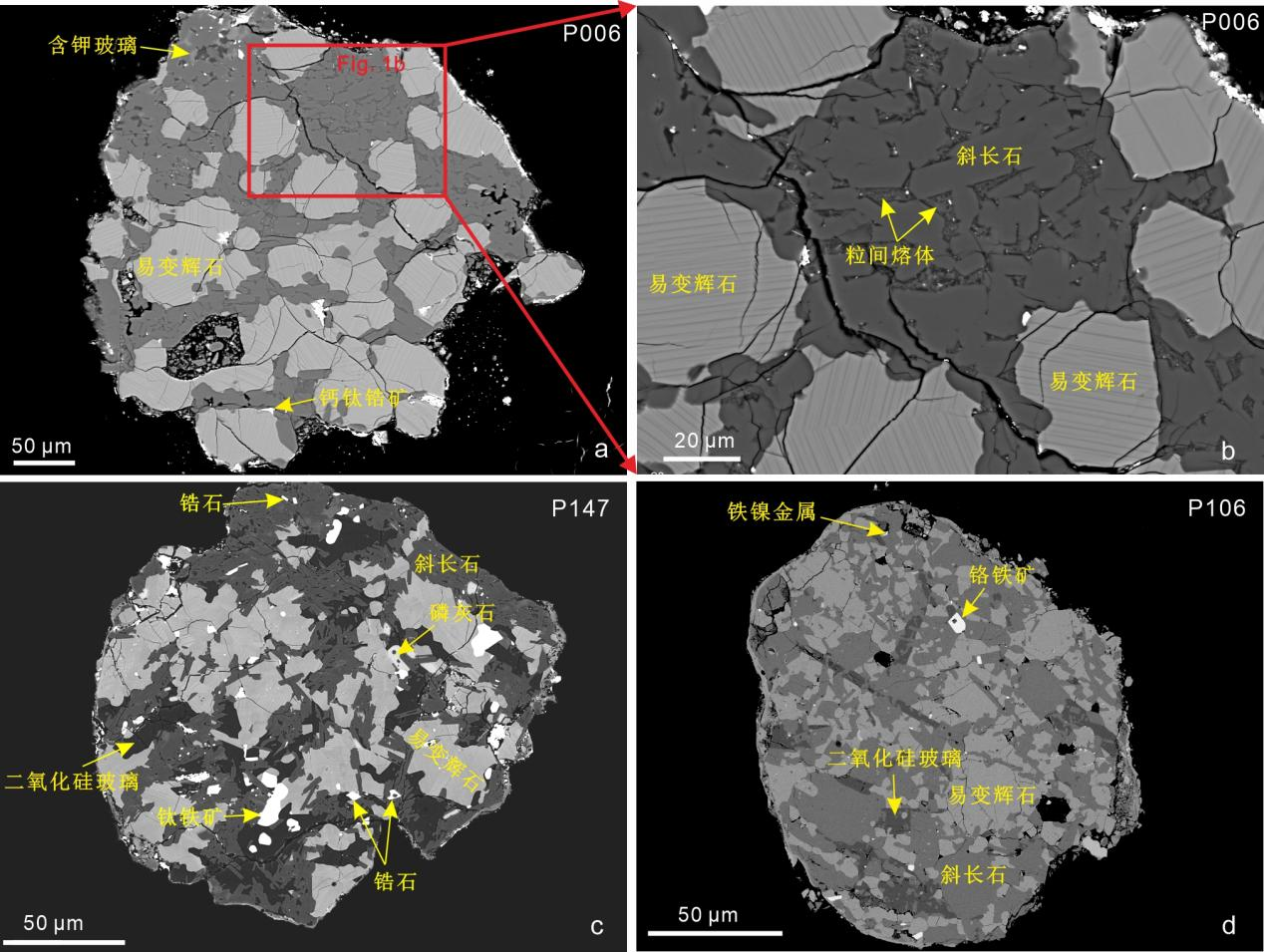
Recently, a Chinese research team, through high-precision chronological analysis of lunar soil samples collected by the Chang'e-6 rover, accurately determined for the first time that the lunar Apollo Basin formed 4.16 billion years ago . This finding precisely dates the basin's formation and pushes back the onset of the lunar "impact storm" by at least 100 million years, contributing to a new understanding of the evolution of the Earth-Moon system. The results were published in the international academic journal Nature Astronomy on August 20.
In this research, a research team led by Academician Xu Yigang of the Guangzhou Institute of Geochemistry, Chinese Academy of Sciences, discovered three unique rock fragments ranging in size from 150 to 350 microns within 3.5 grams of lunar soil. These fragments represent impact melts produced during the formation of the Apollo Basin , making them ideal "rock clocks" for recording impact events. The research team accurately determined the age of the fragments, integrating remote sensing images with geochemical data, and ultimately confirmed the 4.16 billion years recorded by the fragments as the formation age of the Apollo Basin.

Impact debris identified in the lunar regolith of Chang'e-6
The lunar surface is dotted with giant impact basins, most of which are relics of impacts from small bodies in the solar system about 3.8 billion years ago. The scientific community has been debating whether this "impact storm" in the solar system gradually weakened or suddenly increased in intensity between about 4 billion and 3.8 billion years ago. This decades-long controversy stems from the lack of precise age data for key impact basins on the moon. The Apollo Basin, where the Chang'e-6 sampling site is located, is located within the South Pole-Aitken Basin of the moon and is the largest secondary impact structure in the area. Its formation age may mark the start of the late impact event on the moon.
In summary, this study by the Chinese research team pushes back the timeline of the lunar impact storm by at least 100 million years. Furthermore, analysis reveals that the intensity of the lunar impact storm gradually decreased, rather than suddenly increasing. This research will help us re-evaluate the evolution of the Earth-Moon system.
- viJFXxKfAnEKb08/21/2025
- wunRkpJRIf08/21/2025